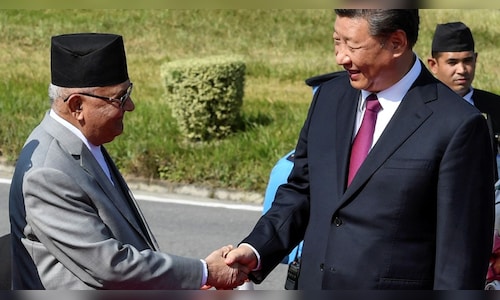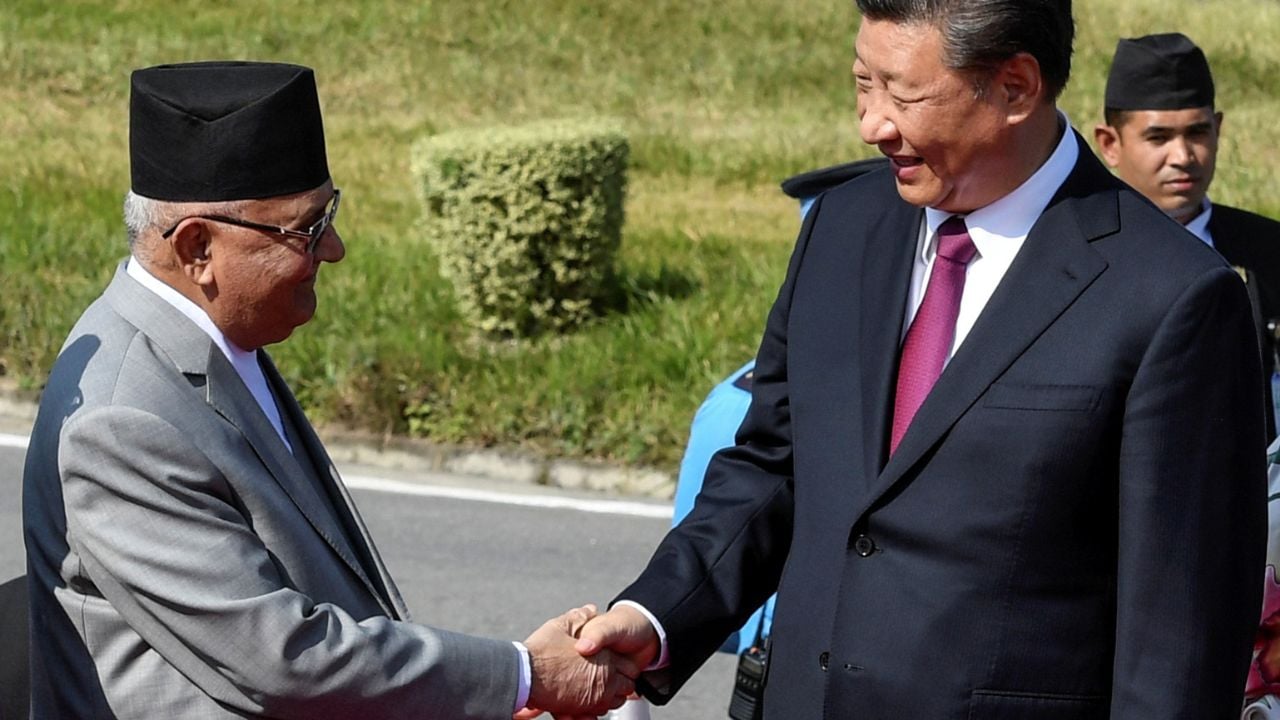

The framework will remain valid for three years and may be extended for an additional three years unless terminated by either party. The details of the agreement remain undisclosed. However, both the countries have stated their dedication to undertake the construction of the trans-himalayan multi-dimensional connectivity network (THMDCN).
The projects will also involve improving the transport and power services in Nepal.
The agreement aims to help Nepal move from, “a land-locked country to a land-linked country,” stated the joint statement released by the two countries.
What is the Belt-Road Initiative (BRI)?
The Belt and Road Initiative (BRI), also known as the New Silk Road, aims to build two new trade routes that will allow China to be connected with the rest of the world.
It was launched in 2013 by President Xi Jinping.
The two trade routes include the Silk Road Economic Belt which is spread across Asia and the 21st Century Maritime Silk Road which will go to other continents, including Europe, the Middle East, Africa, Latin America.
The Initiative, however, goes beyond just infrastructure. It looks at expanding China’s market audience by increasing the interconnectivity between other countries and China. This will in turn be responsible of growing China’s power, enabling it to become more powerful, both politically as well as economically.
There are three major reasons perceived for China’s motivations with the BRI, according to the Royal Institute of International Affairs based in London.
The first one is its rivalry with the United States. By creating this large of an interconnected route, China puts the countries along the trade route to be dependent on the Chinese economy. The country’s current trade passes through Singapore, which is a major ally of the US. This initiative allows China to make its own secure trade route.
The second one is for China to provide opportunities for country’s large state-owned companies to work on projects outside China. This followed the 2008 financial crisis, where the ¥4 trillion government-funded projects led to an infrastructure oversupply in the country.
And the third is the Chinese government’s goal to use the BRI to encourage the economies of the central provinces of China. It uses the initiative to motivate businesses to pursue Belt and Road contracts.
Implications of the Belt and Road Initiative
While the initiative does pave the way for better connectivity and infrastructure, along with increased opportunities for foreign investment, it has also raised concerns.
Beyond the environmental and social risks of these large infrastructural projects, the countries who have signed the BRI are also exposed to debt risks.
The accusation arose after the Hambantota Port Development in Sri Lanka. It states that China levies huge loans to developing countries to fund the projects but uses their inability to pay the loans back to gain leverage over the governments. When Sri Lanka was unable to pay the loan back, the port that was constructed was handed to China.
However, the primary problem lies in the fact that a significant portion of the BRI remains undisclosed or ambiguous. Since there are many Chinese ministries that are a part of the BRI as well as competing provincial agendas, loyalty-driven diplomacy, and unclear project classification, there are many internal challenges to the initiative, stated the Royal Institute of International Affairs.
India is one of the countries who has concerns about the Belt and Road Initiative. This is especially in the context of the disputed borders it shares with China and the China-Pakistan Economic Corridor (CPEC) which runs through Pakistan Occupied Kashmir (POK). This could have huge implications on India, particularly if a situation of conflict arises, reported Times of India.



